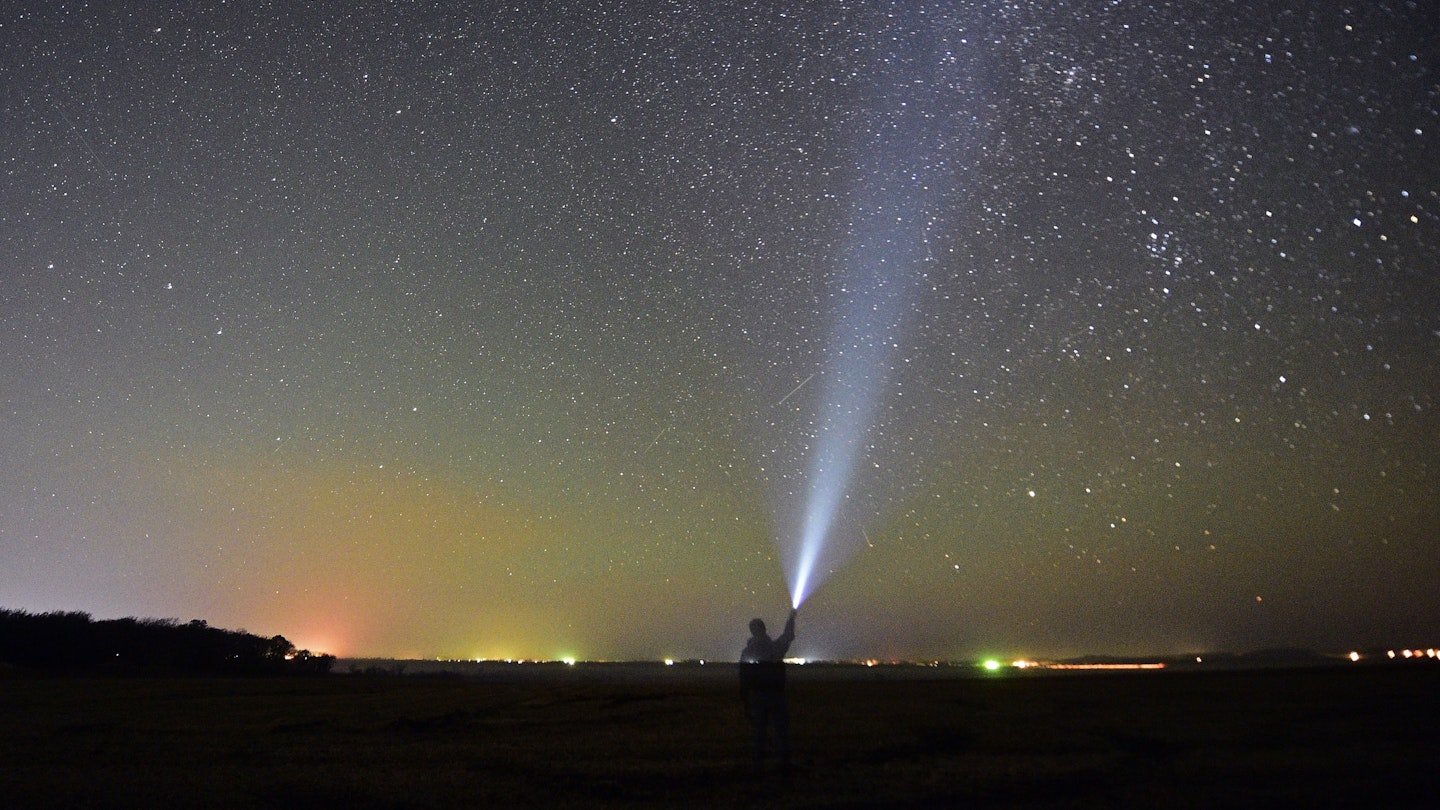Halloween fireworks won’t be the only things illuminating the atmosphere this month, as shooting stars are also set to light up the sky in the coming weeks. The annual Orionid meteor shower will occur from around October 2 to November 7, and gets its name because the meteors radiate from the Orion constellation.
Meteors in annual showers are named for the point in the sky from which they appear to radiate. During the Orionid shower, Earth passes through the stream of debris left behind by Comet Halley, Orion’s parent comet. Around 10 to 20 shooting stars streak through the night each hour at the peak of the shower, although up to 70 per hour have been recorded during the shower’s strongest years.
According to Earthsky, the fast-moving Orionids usually put out the greatest number of meteors in the hours before dawn, and the expected peak morning is October 21. They move at a speed of 41 miles per second, and can be very bright, often breaking up into fragments. Consequently, they leave behind a trail that stays in the sky for up to a minute. To optimize viewing conditions, it is best to find a dark sky location, ideally when the moon is out of the way.

Earthsky advises hopeful stargazers to look up at the Betelgeuse star in the Orion constellation, with the radiant located north of it. We can anticipate a good showing this year because the waxing crescent moon will set early in the evening, rendering the sky dark. The meteor shower is predicted to be brightest between midnight and dawn.




